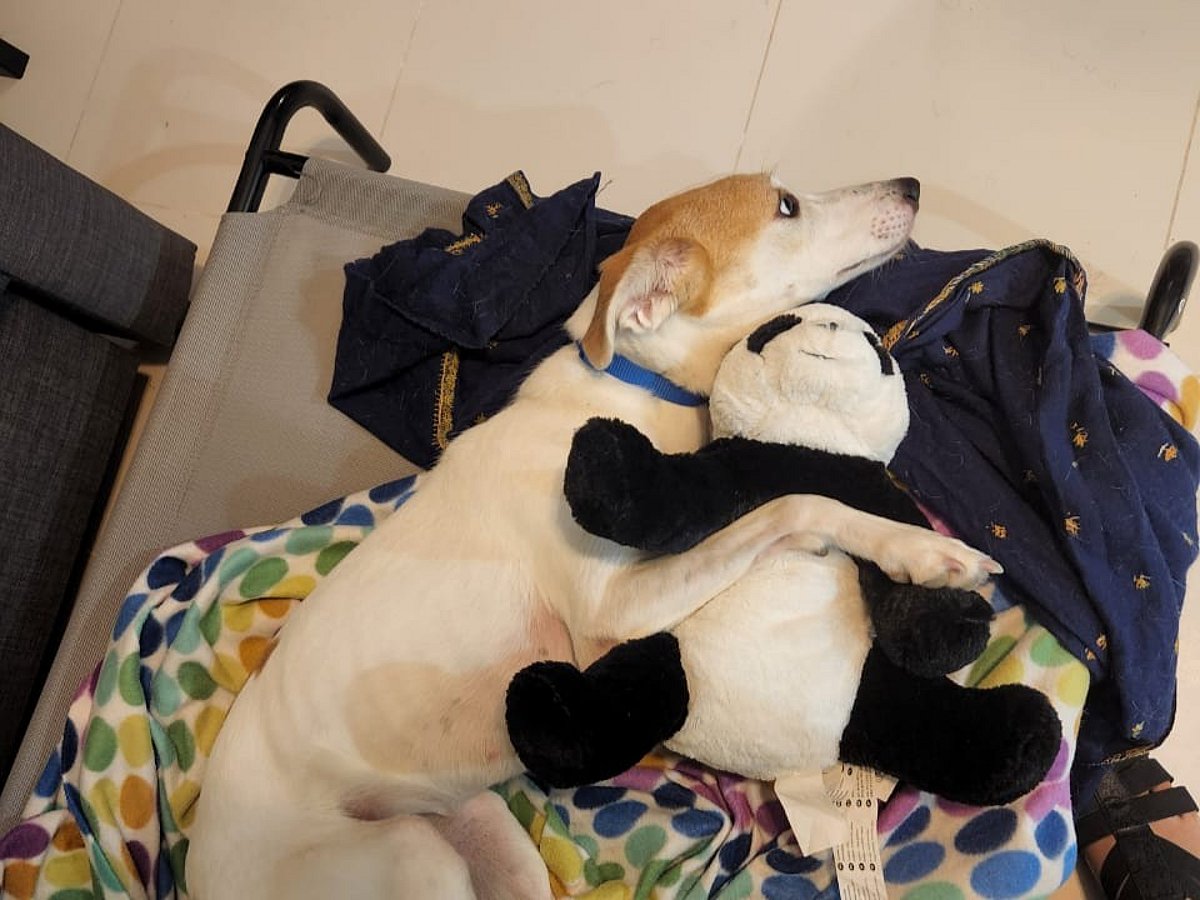Understanding Dogs’ Toy Obsession and Its Implications
Many dog owners delight in watching their pets play, but this seemingly innocent behavior can sometimes take a concerning turn. Recent research suggests that a dog’s fixation on toys may resemble a form of addiction, raising questions about the implications for their health and well-being. Understanding this phenomenon is essential for responsible pet ownership.
The Research Behind Toy Obsession
A study conducted by a Swiss-Austrian research team has drawn parallels between dogs’ toy fixation and human behavioral addictions, such as gambling or excessive gaming. The study, published in *Scientific Reports*, highlights that some dogs may engage in compulsive play, which can lead to negative consequences for their health.
The research involved observing 105 dogs, aged 1 to 10, all of whom were described by their owners as highly playful. The breeds most represented in the study included Belgian Malinois, border collies, and Labradors—known for their high energy and work drive. Owners reported their dogs’ toy habits, revealing that 33 of the dogs exhibited signs of addictive behavior.
Signs of Addiction in Dogs
The researchers identified several key indicators of toy addiction among the dogs studied. These included:
– **Intense Focus**: Dogs displayed an unwavering concentration on their toys, often ignoring food and human interaction. – **Begging Behavior**: When toys were unavailable, these dogs would beg persistently for access to them. – **Difficulty Calming Down**: Many dogs struggled to settle for at least 15 minutes after their toys were taken away.
These behaviors mirror those seen in humans with addictive tendencies, suggesting that dogs can develop similar compulsions.
The Role of Breed and Training
Certain breeds are more susceptible to developing toy obsessions due to their history of selective breeding for traits like drive and motivation. Working breeds, such as border collies and Belgian Malinois, were bred for their energy and focus, making them more likely to engage in obsessive play. While these traits can make them excellent working dogs, they can also lead to challenges in a home environment.
It’s important for owners to recognize that just because a breed is known for its playful nature, it does not mean that they are suited for casual playtime without supervision. Understanding a dog’s needs and tendencies is crucial for ensuring a healthy balance between play and rest.
The Risks of Compulsive Play
While play is a natural and healthy activity for dogs, excessive engagement can lead to physical risks. Dogs that play too hard may suffer from injuries or joint strain, which can turn fun into a serious issue. Owners should be vigilant about their pets’ play habits and intervene if they notice signs of compulsive behavior.
Managing Your Dog’s Playtime
To ensure that playtime remains a positive experience, consider the following strategies:
– **Set Limits**: Establish boundaries around playtime to prevent obsessive behavior from developing. – **Encourage Variety**: Introduce different toys and activities to keep your dog engaged without fixating on one item. – **Monitor Behavior**: Keep an eye on your dog’s play habits and consult a veterinarian or animal behaviorist if you notice concerning signs.
FAQs
Can all dogs develop a toy addiction?
Not all dogs will develop a toy addiction, but certain breeds, especially working dogs, are more prone to obsessive behaviors due to their breeding and energy levels.
How can I tell if my dog is playing too much?
Signs that your dog may be playing excessively include ignoring food, showing signs of distress when toys are taken away, and difficulty calming down after play.
What should I do if I suspect my dog has a toy addiction?
If you suspect your dog is exhibiting addictive behaviors, consult with a veterinarian or an animal behaviorist for guidance on managing their playtime and ensuring their well-being.
Conclusion
Understanding the potential for toy obsession in dogs is vital for responsible pet ownership. By recognizing the signs of compulsive play and implementing strategies to manage your dog’s behavior, you can help ensure a healthy and balanced lifestyle for your furry friend. Monitoring their play habits and seeking professional advice when necessary can prevent fun from turning into a harmful obsession.
Also Read:
Georgia’s Energy Sector: High Returns and Green Potential







